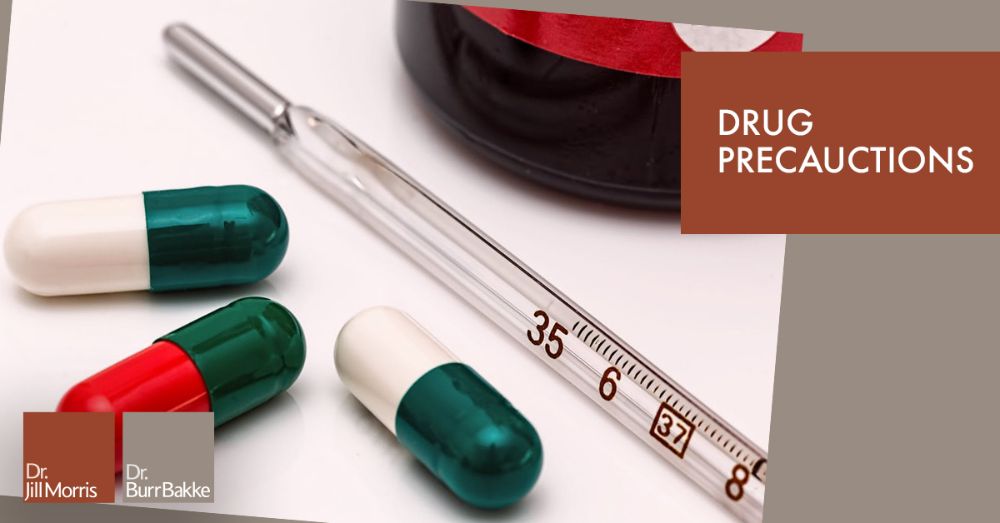Actonel, Boniva, Fosamax, Zometta Bisphosphonate’s
ALL DENTISTS TAKE PRECAUTIONS WITH PATIENTS WHO NEED EXTRACTIONS WHEN THEY ARE TAKING ONE OF THE DRUGS MENTIONED ABOVE.
The drugs known as BISPHOSPHONATES (B-DRUGS) are used in the treatment of Padget’s Disease, Multiple Myeloma and Osteoporosis. These B-Drugs go by the names of: Actonel, Boniva, Fosamax, Aredia, Zometa, Skelid and Didronel. The drugs are administered by pill or I.V.(intravenous), depending on the treatment required. The I.V. forms are most often used for cancer patients to prevent fractures of the hips, legs, and spine. Side effects of B-Drugs include esophageal irritation (sore throat), gastrointestinal irritation (upset stomach), bone, and muscle pain. However, one of the major side effects that can be debilitating and extremely painful is that of osteonecrosis of the jaw bone (Wikipedia: osteonecrosis of the jaw). This usually accompanies long term use of the pill form or any use of the I.V. form of the B-Drugs. It is twice as common in the lower jaw (mandible) than in the upper jaw (maxilla).
One theory of why osteonecrosis occurs from B-Drugs is the inhibition of the osteoclastic (bone resorption) functions required for new bone formation. The bones in the mouth, “the jaws”, are highly vascular, with high levels of cellular activity and a faster bone turnover rate. Thus, the uptake and effects of B-Drugs are magnified and the bone turnover rate is suppressed, resulting in osteonecrosis. Again, this is only a theory. Osteonecrosis is defined roughly as having three different stages:
Stage 1:
Patients have exposed/necrotic bone with no symptoms and no infection.
Stage 2:
Patients have exposed/necrotic bone that is painful with infection present.
Stage 3:
Patients have exposed/necrotic bone that is painful, infected, and have one or more of the following symptoms:
Fractures, draining fistula, and/or extensive bone deterioration (melting away).
What happens when a person has osteonecrosis?
The answer is not good. Most treatment for osteonecrosis of the jaws is superficial at best. Any attempts to remove the infected, dying bone only increases the problem. Antibiotic rinses, oral antibiotics, and I.V. antibiotics help sometimes. Health care providers try to help the patient stay as comfortable as possible and wait for the area to heal itself. This can take up to 18 months to resolve.
Preventative measures taken prior to surgery include:
- The cessation of these B-Drugs
- Total disclosure of the possible occurrence and symptoms of osteonecrosis to the patient
- Tests for Bone Turnover Rate (CTX), Bone Density (DXA or DEXA) and MRI’s.
– All of these tests are good, but the findings are not yet 100% accurate for predicting a problem.
If a person has taken the drug for more than 3 years and then stops taking it, the elimination of the drug from the patient’s system will take at least another 10 years.
Here is a list of the risk factors and dental procedures of concern:
1. B-Drug related factors
Potency of B-Drugs
I.V. vs Pill Form
Duration of use
2. Dental Surgery
Extractions
Dental Implants
Bone Grafting
Gum Surgery
Root Surgery
3. Other Factors
Smoking
Diabetes
Steroid use
Alcohol use
Chemo drugs
Poor oral hygiene
Present treatment guidelines for dental work are as follows:
- Good medical history with type, dose, and duration of use of the B-Drug all noted. (I.V. or pill forms notes)
- CTX, DXA, or MRI tests performed for all users of the B-Drugs of 3 or more years duration. Dr. Bakke and Dr. Morris routinely use the CTX test before surgical procedures for any users of the B-Drugs no matter how long they have been taking the drug. Explanation of the findings and potential problems that can occur are discussed with the patient before treatment.
- If on the B-Drug pill form for less than 3 years, then a 3 month stoppage of its use before and after any treatment is now recommended.
- I.V. type B-Drugs use highly increases the potential problems and these patients need to be treated by dentists with experience and knowledge in this area.
There are many alternatives to treating or preventing osteoporosis. A diet change that helps obtain naturally occurring calcium and minerals through leafy green vegetables promotes healthier bones. Elimination of processed foods, smoking, and caffeine is helpful. Discussion with the medical doctor weighing the benefits and the risks of the drug therapy versus risk of osteoporosis. Regular physical fitness routines help the bones maintain calcium
If you have any questions for Drs. Bakke or Morris at World Class Dentistry, please call our office at:
(941) 922-3774
World Class Dentistry
3951 Swift Rd, Sarasota, FL 34231

